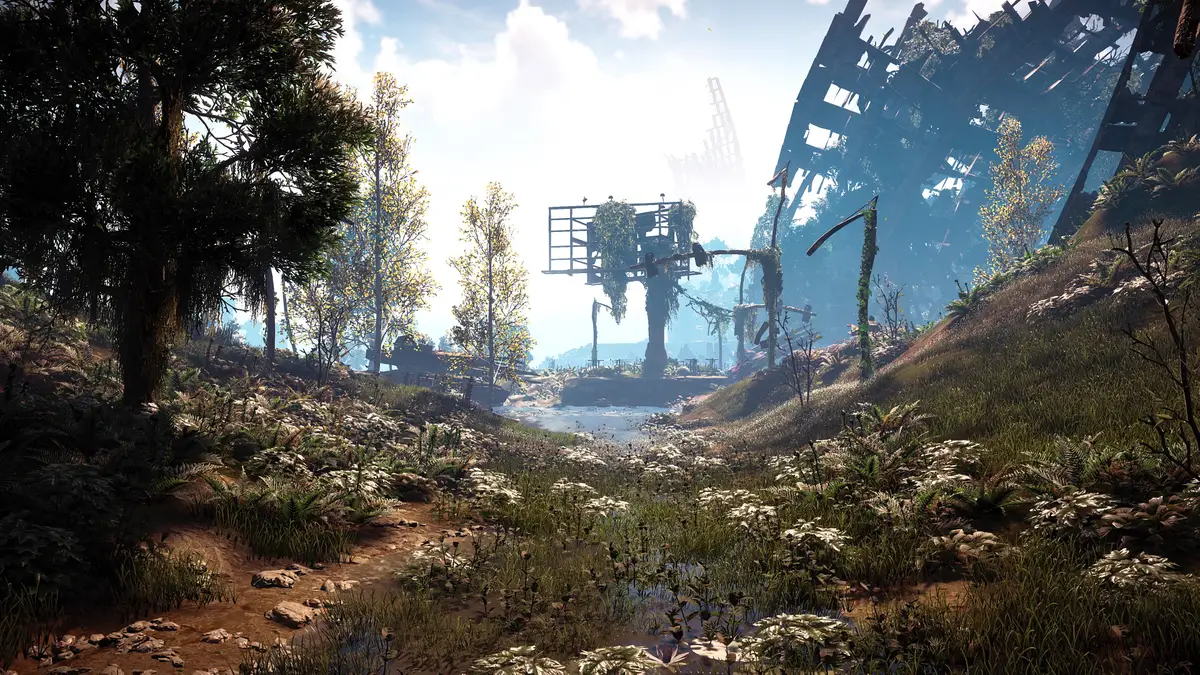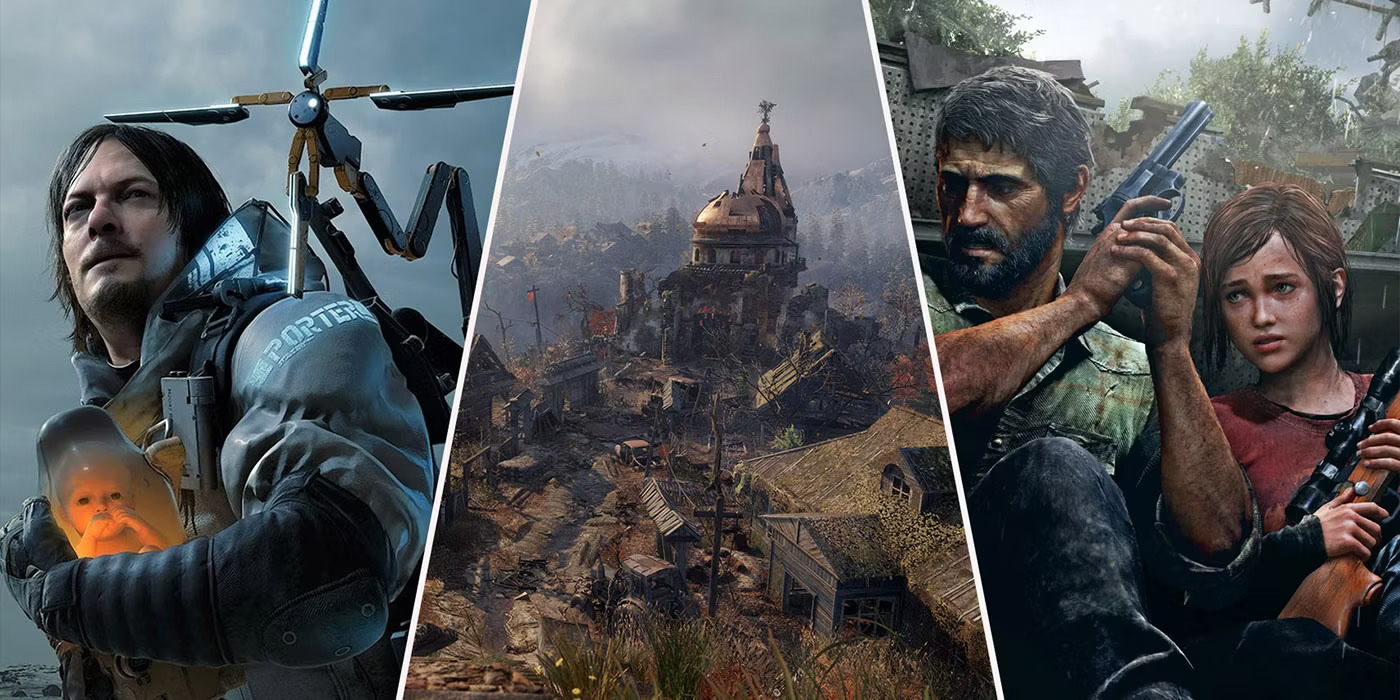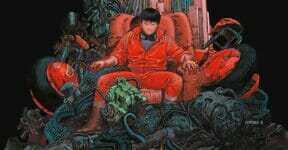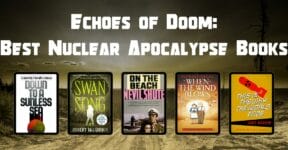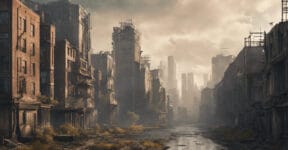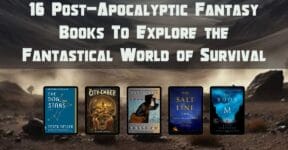With irreversible climate change lurking around the corner, news talking about nuclear fallout coming up more regularly than everyone hopes for, and the real possibility of alien visitation as confirmed by UFO sightings, there has been a massive surge of demands for post-apocalyptic books. Not only does the genre give a glimpse of the world when catastrophe hits, it also plays with people’s fear of the civilizational collapse by giving spectacular depiction of humans’ inherent vulnerability in the face of great danger. Most books in the genre revolve around the same idea of a few survivors trying to make the world a better place against the odds. No one says you cannot approach the genre with new perspectives. When the time come for you to write down your own unique post apocalyptic story ideas, remember to incorporate the following elements into the narrative so you don’t stray too far from the genre’s consensus.
Mind Your Apocalypse
You don’t have an unlimited option here. There aren’t too many things that can cause a destruction so severe to the point where 90% of the human population is gone. Among the most common ideas include zombies, famine, nuclear fallout, lethal infectious diseases, floods, climate disaster, artificial intelligence, and aliens. You can use any of them or blend some of them together; for example, a lethal disease causes people to turn into zombies. Proceed cautiously if you decide to use killer monsters or psychic powers because you might get too close to fantasy genre, rather than science fiction. Post-apocalyptic narrative can include fantastical elements, but it is technically a subgenre of sci-fi.
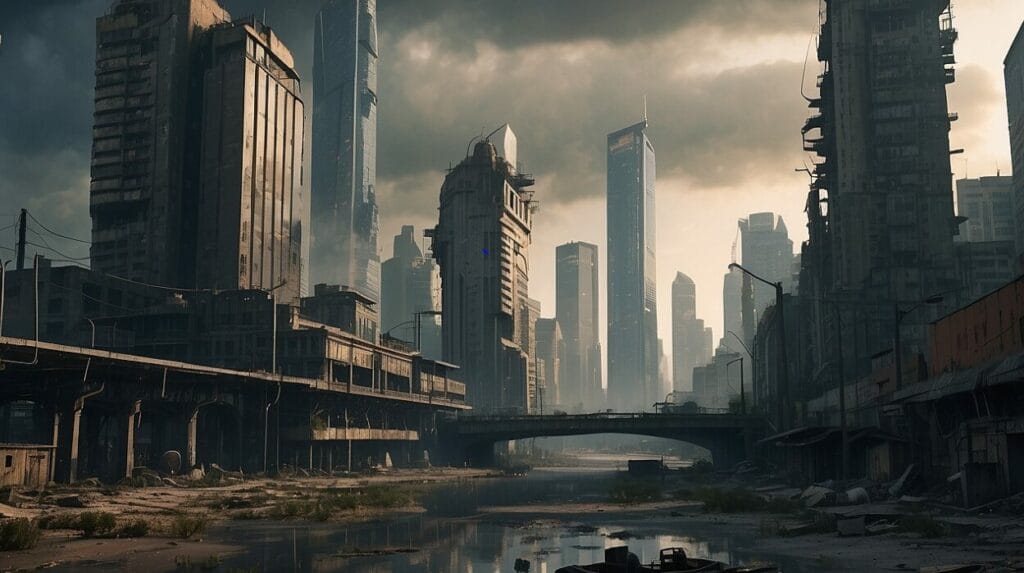
Tailor the Disaster
There needs to be logical connections between the timeline or intensity of the apocalypse and the world it creates in its aftermath. If the apocalypse comes from alien invasion, it makes sense to depict a complete and near instant destruction of the human population and civilization at large. An all-out attack by species with technologies far superior to anything on Earth is likely swift and extensive. However, it might show carelessness when the same effect happens because of a slow-burn climate change. The nature of the disaster must correspond to the post-apocalyptic world’s landscape.
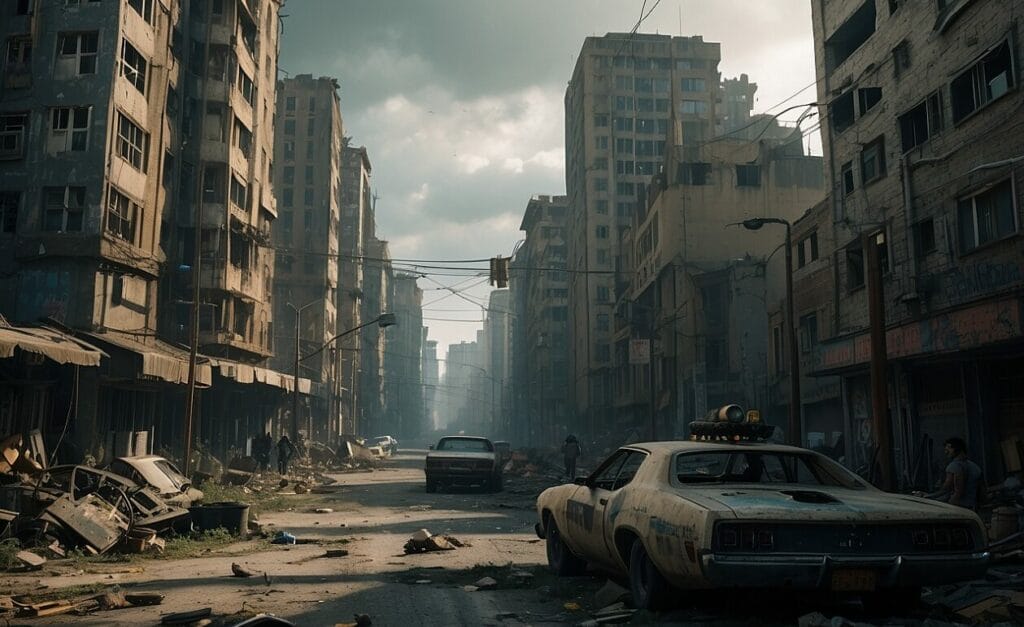
Who Are the Survivors?
In many post-apocalyptic films, there are bullies who prey on weak scavengers and they will stop at nothing to get what they want. It is not unusual to see a lone hero fights against a gang of marauders to save a damsel in distress, robots hunt down humans, zombies break into poorly-built survivors camp, and so on. Your story is driven by the characters, so create them carefully. For example, there needs to be a reason why soldiers survived the apocalypse, but librarians and students had to die. The post-apocalyptic world (and the story) will be shaped by the people involved in it. You don’t have to use biker gangs, robots, soldiers, aliens, cannibals, and all the other typical characters.
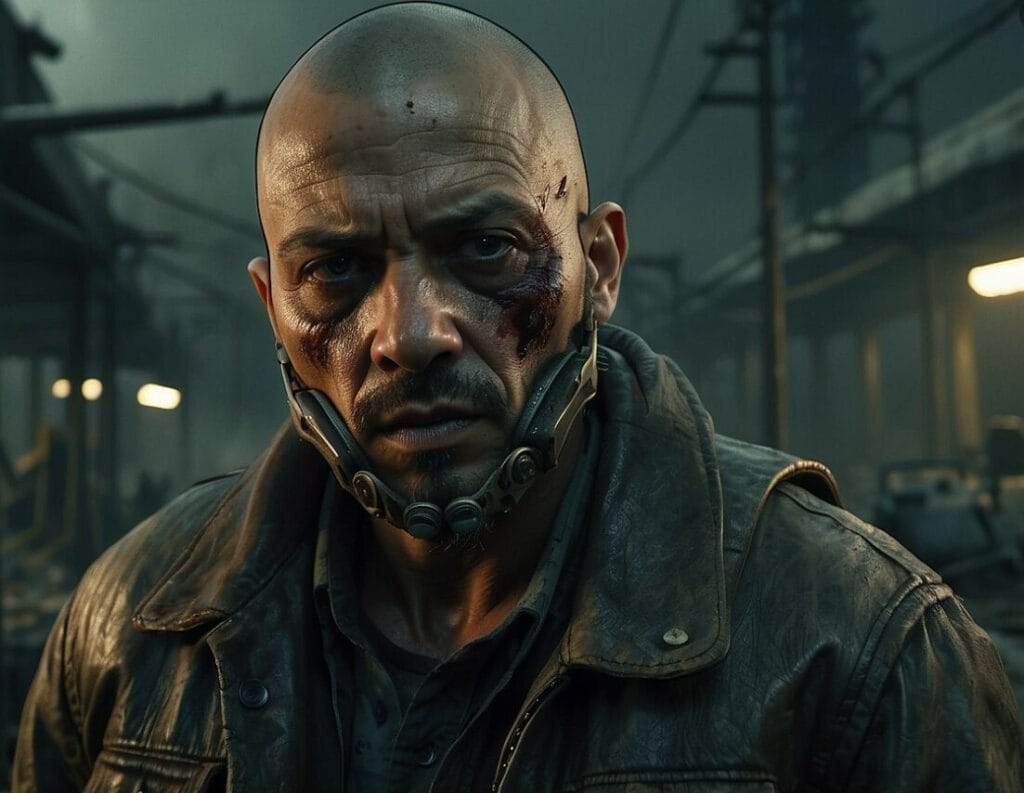
Heroes and Antiheroes Mix
Not every villain has to be a lawless criminal, in the same sense that your hero can be anybody but a gunslinger. A rough-around-the-edge cowboy has been a cliché for a while. An unlikely hero will be a breath of fresh air in the genre, and even more so when every reader and viewer can relate to the character’s background. A well-trained law enforcement officer is expected to survive and be the hero, but it would be much more interesting to see how a group of children can manage to escape zombie attacks.

This is How You See People
Another important thing to remember is that your characterization actually reflects how you see people in real life in general. Even if you have superhero protagonists, they should still possess human qualities you admire or aspire to. The same thing applies to the villains; although you can make them as horrible as possible, you must find logical reasons why they do terrible things to others. Needlessly evil villain and remarkably good hero is a combination to avoid.
We think the door is always open wide for new writes to innovate in post-apocalyptic genre despite the hundreds (if not thousands) of stories that have already been published. There are definitely always rooms for new ideas, and it doesn’t really matter if there are similarities in premise, worldbuilding, plot progression, and characterization; the important thing is that the story introduces new perspectives to readers and evokes emotions from relatable events, tragedies, losses, victories, failures, and success. We cannot make post-apocalyptic story ideas for you, but as long the story is an original work, it deserves an appreciation.
Can you name any post-apocalyptic cliché? If the world is destroyed by zombie apocalypse, what do you think will happen to astronauts in space? We’d love to hear from you.
Other things you might want to know:
What does “Orwellian Dystopia” refer to?
Simply put, it is a dystopian theme coined after the works of George Orwell. Among the most prominent subjects of discussion in his style include the draconian control of the society by the government and manipulation of historical facts. People no longer recognize who they are and have no real purpose but to serve the government. It is blend of authoritarian government and brainwashed society.
How should new authors deal with plot holes?
It can be as easy as having the stories read by your trusted peers before publication. Just because some books are popular, it does not necessarily mean they have no plot holes at all. Even well-known and experienced authors still suffer from plot inconsistencies every once in a while.
Is mapping the entire storyline really necessary?
You don’t have to do it, but mapping doesn’t hurt either. At the very least, map the storyline for the opening chapters of the story, and then it is up to you to develop the plot directly with some wiggle room in the process or take a break to deal with the mapping for the subsequent chapters first.

